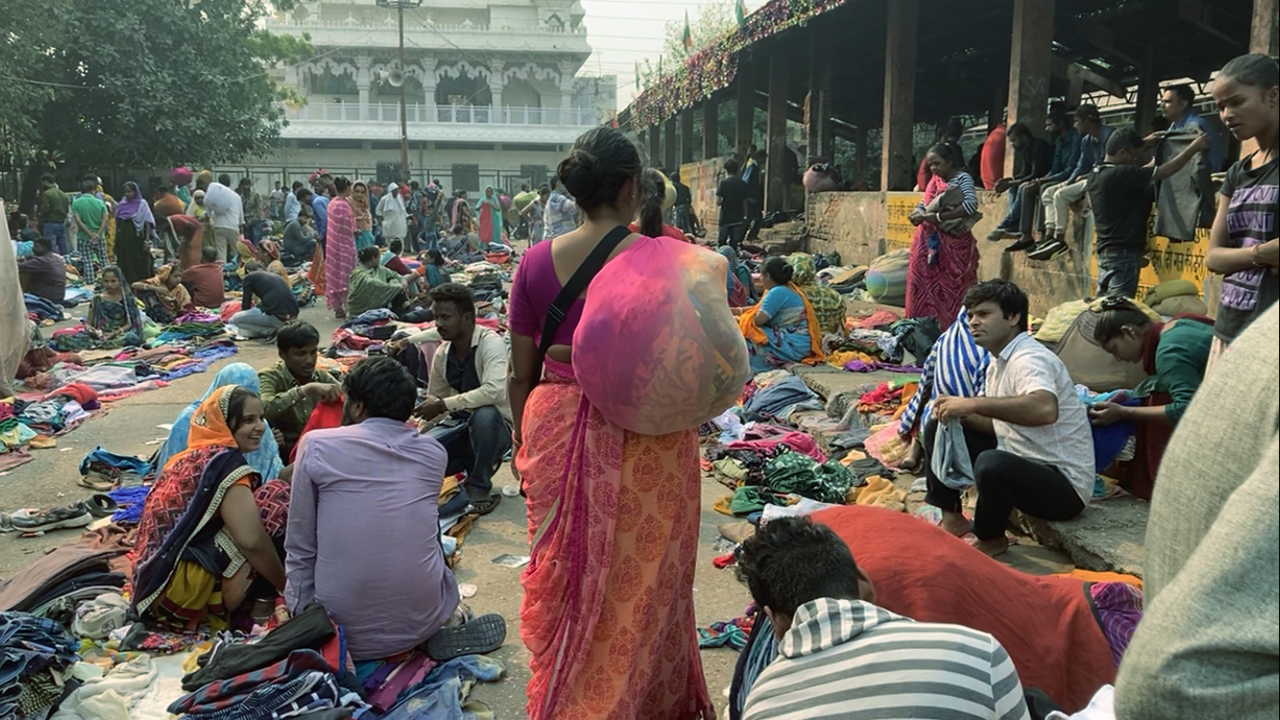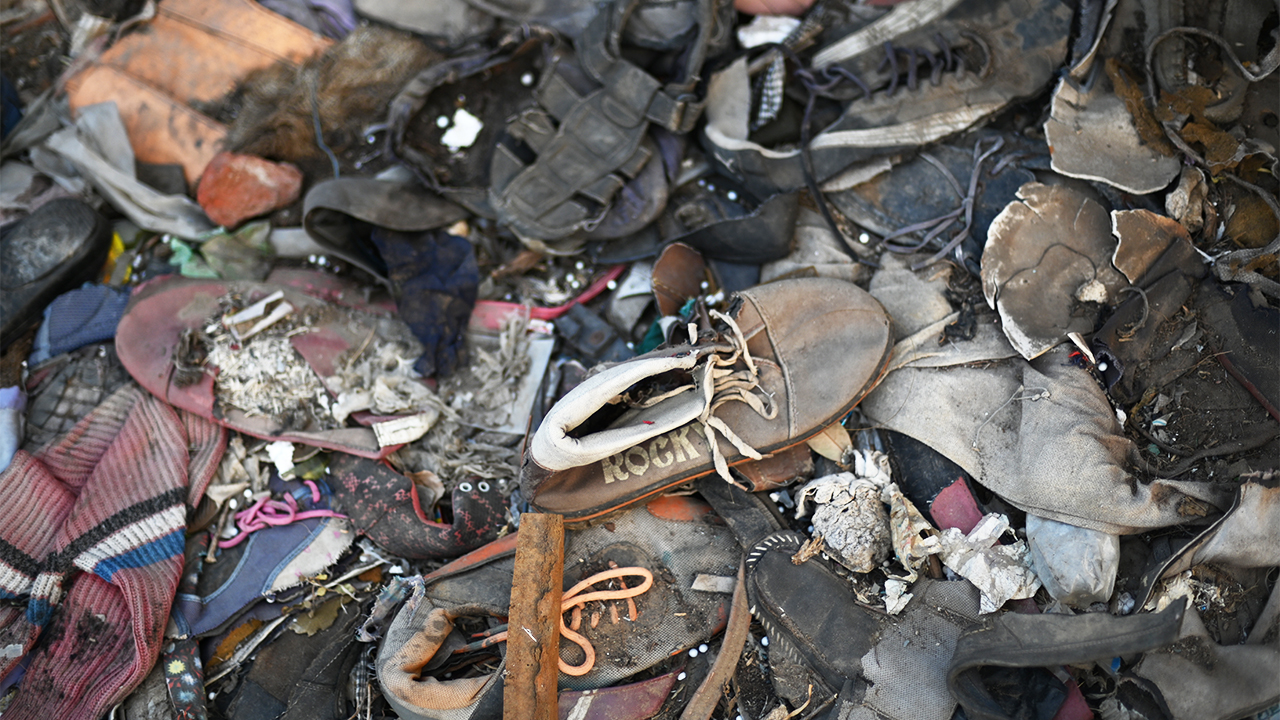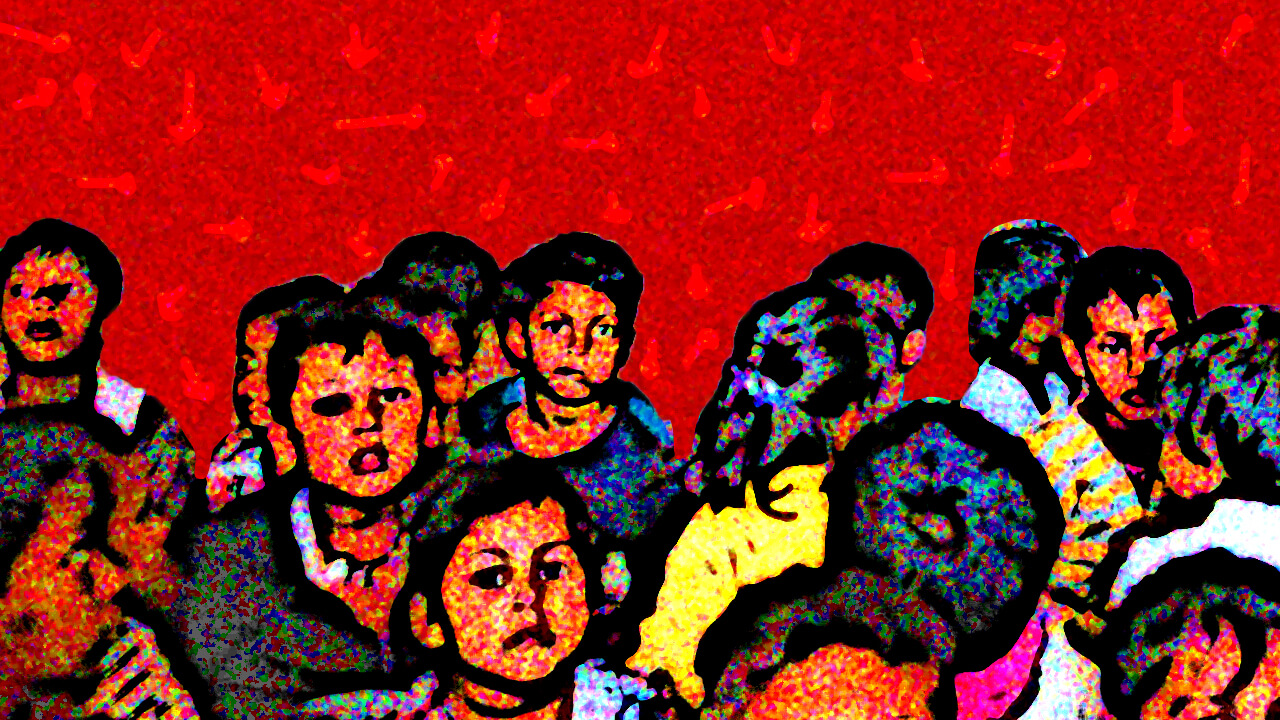admin
I help fin-tech digital product teams to create amazing experiences by crafting top-level UI/UX.

Frugality is an Indian tradition, it doesn’t matter if one is rich or poor. Mindful people still remember the recipe for vegetable peels. This culture can be still found in various sectors.
We still see women, traditionally Gujarati women from the Waghri community (also known as Vartanwalis) in the neighborhood, selling old clothes in exchange for utensils. This video focuses on the cities like Lucknow and Delhi, case-studying these traders. The old clothes are sold to second-hand clothes traders in thrift markets like Sadar Bazaar in Lucknow. Many people, no matter rich or poor, buy these clothes, especially warm clothes for winter. This large informal sector points at sustainability and affordability, as this economic system provides clothes to low-income groups of people, establishing an idea that one can be fashionable with very little money.
Globally used and unsold clothes are also dumped in Indian markets, though legally the sale is banned as it might hamper local industries. But informally, the trade of these clothes continues to flourish despite the loss incurred due to the pandemic. Future market researches largely ignore the structure while estimating that the old-clothes market will boom in India. The people who are already in this business for generations are original promoters of sustainability. This video, in association with Friedrich Ebert Stiftung, proposes that modern urban planning should accommodate them in formal markets.
A video made in association with Friedrich Ebert Stiftung.
I help fin-tech digital product teams to create amazing experiences by crafting top-level UI/UX.

Training waste workers and households in composting to divert wet waste from landfills and abate methane emissions.

Read More

How environmental contamination is impacting our children’s future
Support our initiatives so that we can reach more and more people and provide our support to the needy
Click on the blue round button at the bottom right corner of this page. You can also email our support team at support@example.com

Chintan, meaning thought/reflection in Hindi, is an environmental research and action group.
Subscribe to get the latest news form us
© 2025 Chintan Environmental Research & Action Group